Global economic prospects to improve in 2015; India to scale up to 6.4%: WB
Updated: Jan 15, 2015 02:33:44pm
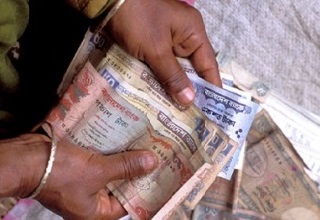
“After growing by an estimated 2.6 per cent in 2014, the global economy is projected to expand by 3 per cent this year, 3.3 per cent in 2016 and 3.2 per cent in 2017, predicts the Bank’s twice-yearly flagship. Developing countries grew by 4.4 per cent in 2014 and are expected to edge up to 4.8 per cent in 2015, strengthening to 5.3 and 5.4 per cent in 2016 and 2017, respectively,” said a World Bank press release on the report released on Tuesday.
The report went on to say that in South Asia, growth rose to an estimated 5.5 per cent in 2014 from a 10-year low of 4.9 per cent in 2013.
“The upturn was driven by India, the region’s largest economy, which emerged from two years of modest growth. Regional growth is projected to rise to 6.8 per cent by 2017, as reforms ease supply constraints in India, political tensions subside in Pakistan, remittances remain robust in Bangladesh and Nepal, and demand for the region’s exports firms. Past adjustments have reduced vulnerability to financial market volatility. Risks are mainly domestic and of a political nature. Sustaining the pace of reform and maintaining political stability are key to maintaining the recent growth momentum,” it said.
India in particular is expected to do well scaling up to 6.4 per cent.
According to a summary prepared by CARE Ratings on the Global Economic Prospects for India, “A slow economic recovery is underway, helped by a sharp slide in inflation to multi year lows and improving export momentum in line with rising demand from the US, a major trading partner. With the reform agenda building momentum and current account vulnerabilities considerably diminished compared to 2013, currency and equity markets came under some pressure but were less affected than other emerging market peers during an episode of global financing volatility in December 2014.”
Further, “The improvement follows a sharp slowdown in the previous two years—to the weakest growth in nearly a quarter of a century—during which high inflation and a perception of policy paralysis had depressed domestic investment, while growing macroeconomic imbalances increased vulnerability to volatility in global financial markets,” it said.
It said that a large part of the decline in inflation also stems from favourable base effects, which drove the moderation in food price pressures in the second half of the year despite deficient monsoons.
A revised monetary policy framework, with an implicit objective of 6 per cent inflation by 2016, is gaining credibility. The Indian central bank has held policy rates constant following a slight increase in early 2014, but has eased reserve requirements to boost credit growth and indicated that rate cuts could be possible if inflation momentum eases further.
A recovery in exports, declining oil import bills and strong remittance inflows are helping to narrow current account deficits. A particularly sharp compression occurred in India where the deficit printed at 2.2 per cent of GDP in Q3 2014, a 4.7 per cent decline relative to its peak in Q4 2012. Some two-fifths of this improvement was due to stronger exports and another two-fifths due to a decline in gold imports as a result of administrative restrictions. With the trade balance continuing to improve in line with falling global energy prices, restrictions on gold imports have been recently eased, it said.
The financial markets came under some pressure in December amid heightened global risk aversion. However despite the correction, stock indices remain close to multi year highs, while the Indian rupee has held up much better than other major emerging market economies. The resilience of capital flows and asset markets has partly reflected improved current account balances, robust growth prospects and ample global liquidity as a result of accommodative monetary policies in the Euro Area and Japan.
It said that reform momentum has picked up after several years of stalled progress. The newly elected government has begun to implement measures to cut red tape, raise infrastructure investment, deregulate key parts of the economy, and shrink the role of government. If successfully implemented, these reforms should support the recovery currently underway by bolstering confidence and private investment. Implementation stepped up during the fourth quarter, with the opening up of the coal industry to private investors, a deregulation of diesel prices to reduce the fiscal subsidy bill, a relaxation of labour market laws, and a linking of cash transfers with efforts to increase financial inclusion.
Financial sector reforms, started in 2013, included efforts to increase private sector participation in a banking sector dominated by state owned banks, and to improve the monitoring of systemic risks. The positive effects should last over the medium term, through easing supply-side constraints, it added.
Finally, fiscal deficits remain large and government debt ratios are high constraining policy space. Successful fiscal consolidation will require long-term reforms to expenditure management notably subsidies, as well as tax reforms given extremely low tax to GDP, it said. (KNN Bureau)

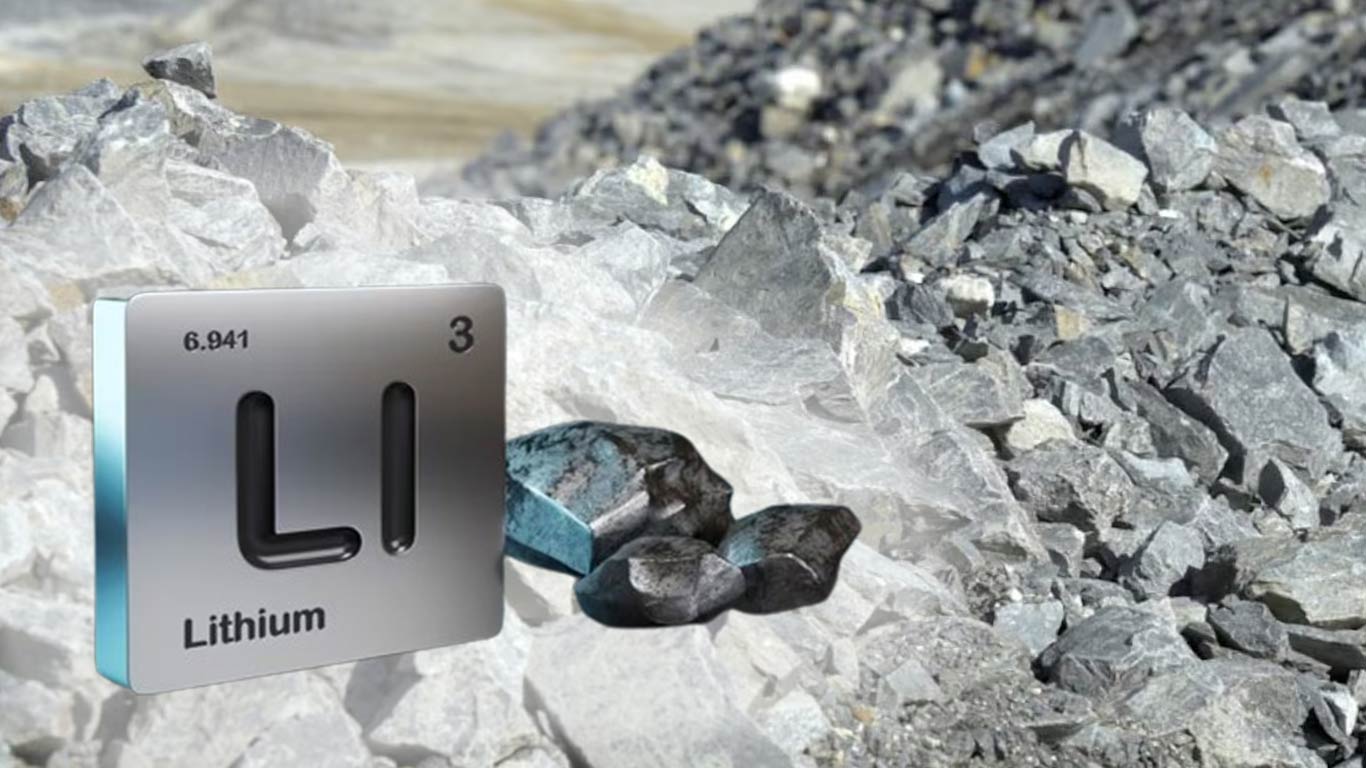

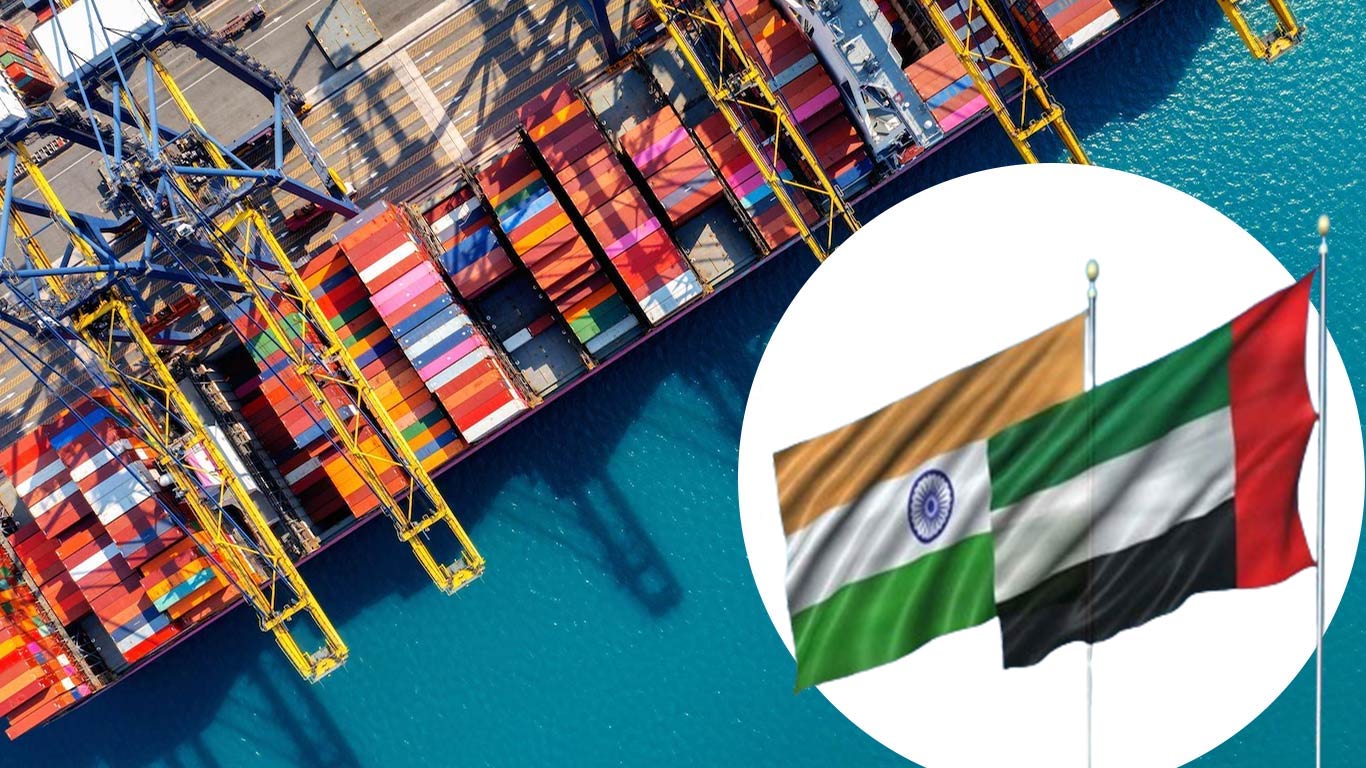
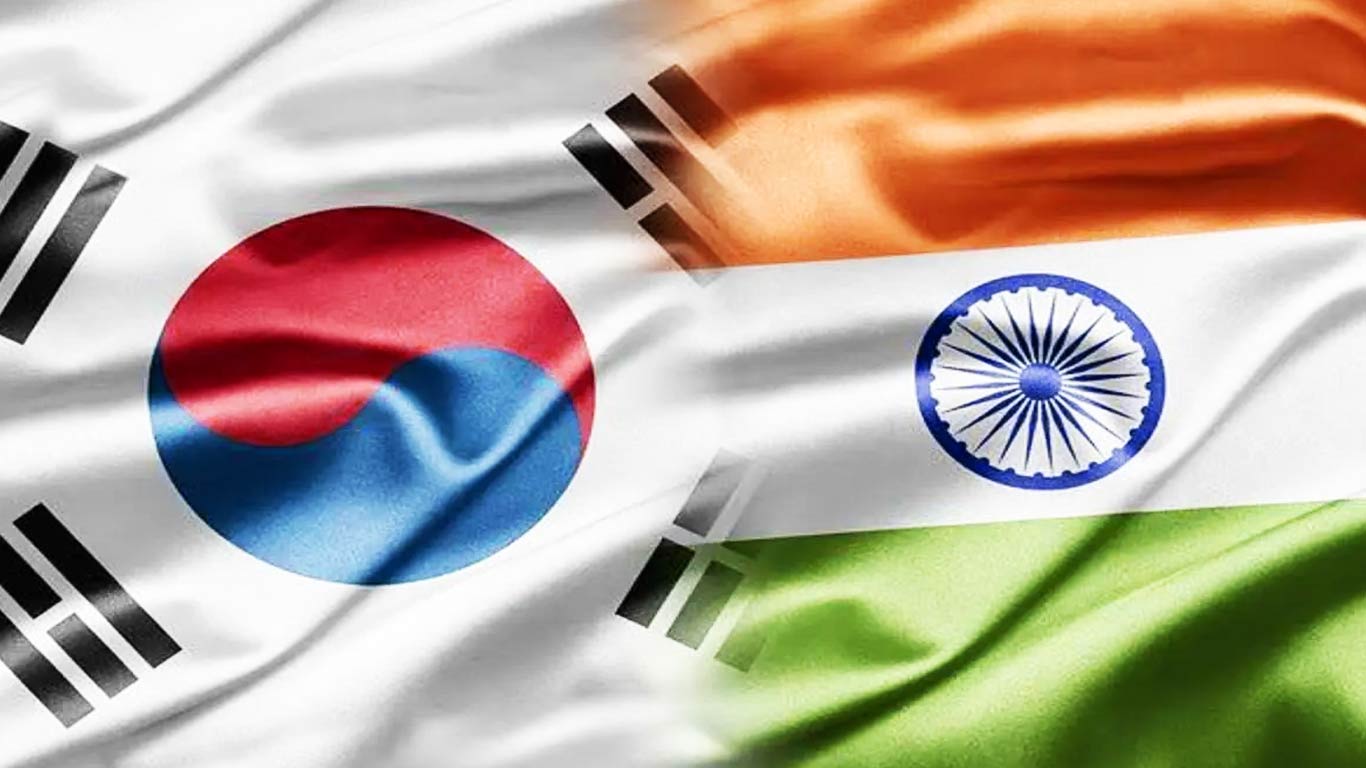
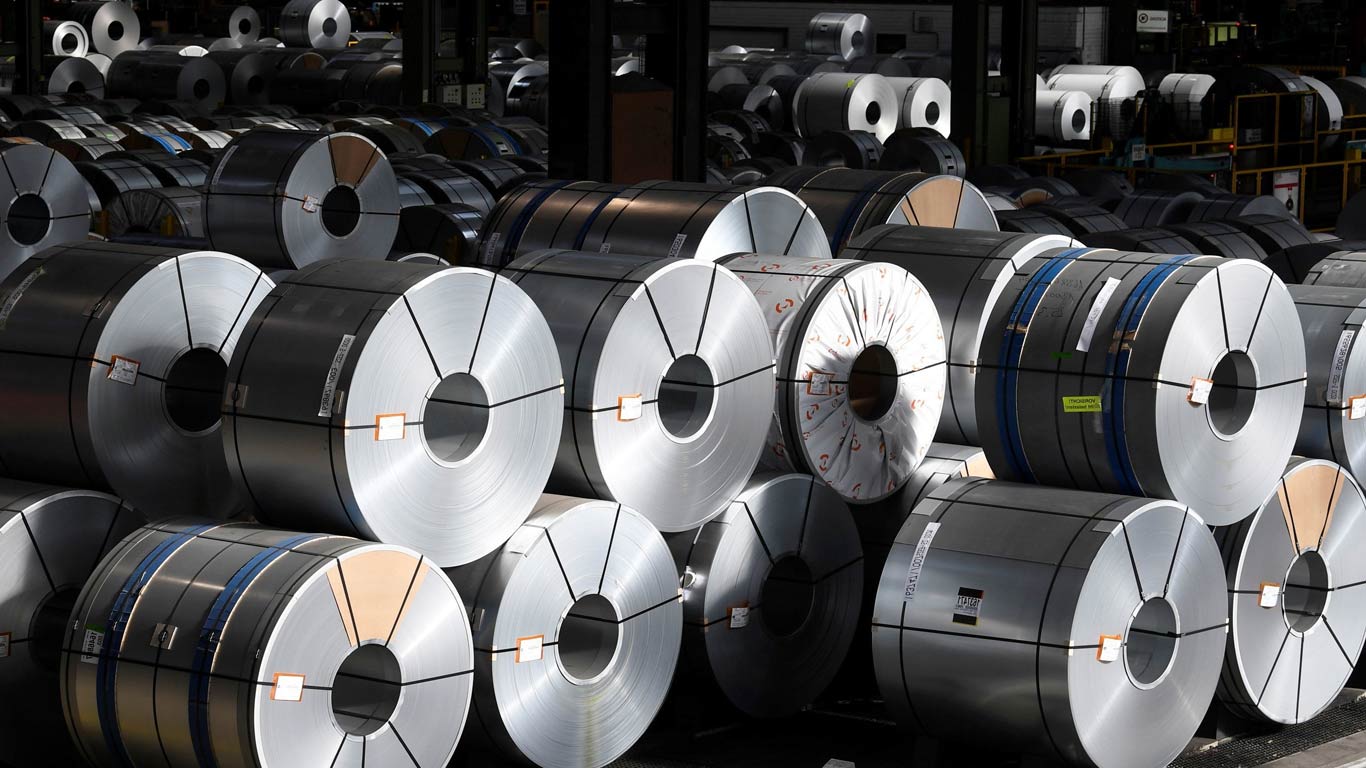





